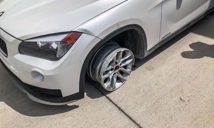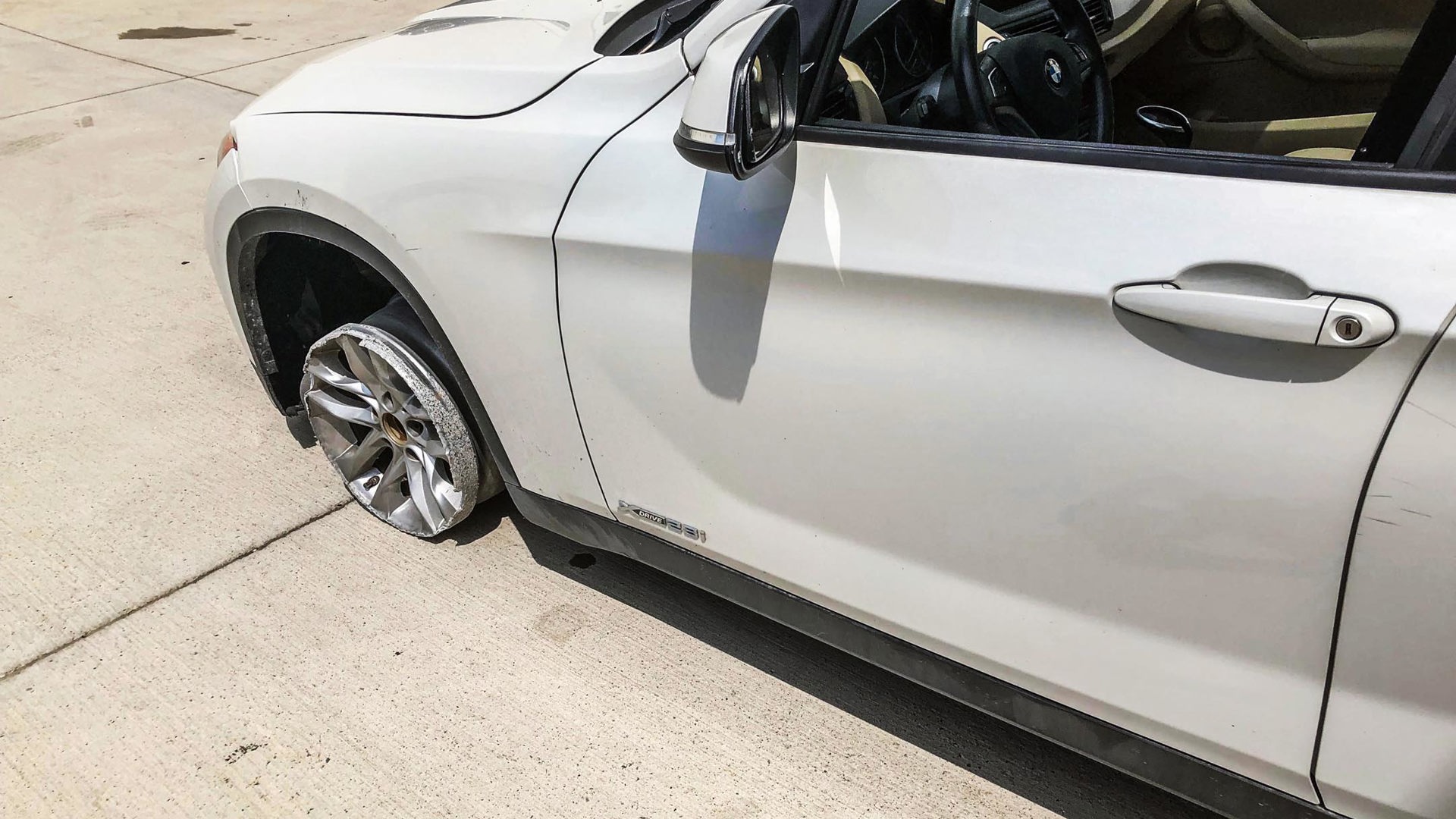When you get a flat tire, it should be pretty obvious. You’ll feel a dramatic and abrupt change to your vehicle’s handling, you’ll hear loud and unusual noises, and in many modern cars, you’ll see a warning light or message in your instrument cluster referencing improper tire pressure.
Getting a flat tire is a definite headache that will ruin your day, but that’s where run-flat tires can help.
With roots going back to the 1930s, this type of tire became popular in the ’90s and features special reinforcements that help keep drivers mobile after they’ve suffered a puncture. Run-flat tires can be driven at a reduced speed for a limited distance even with no air pressure.
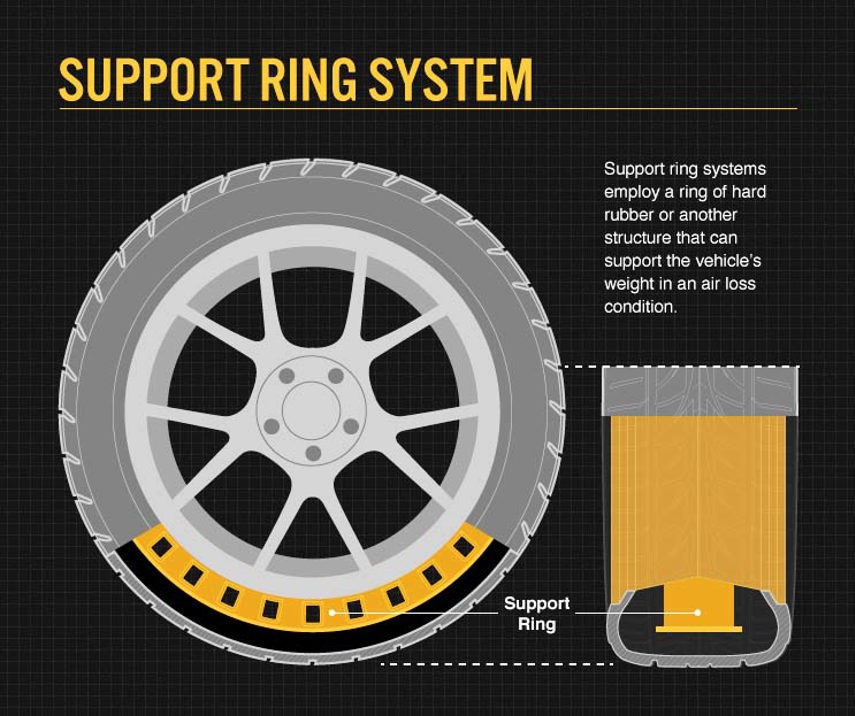
If you have run-flat tires and get a puncture, you should be able to drive to the nearest tire shop to have it assessed and replaced without stopping to pull over and install a spare. Most vehicles with factory-equipped run-flat tires don’t have a spare tire anyways.
But if you’re driving on a run-flat tire that has a puncture, a clock begins to tick. Continued driving is only possible for a limited distance (perhaps 60 kilometres) and at a reduced speed (perhaps 60 km/h). After you notice a flat, you should be heading immediately to the closest tire shop to get the tire replaced or repaired.
Since tires and vehicles vary, you’ll want to check the owner’s manual of your vehicle or the literature provided with your run-flat tires to be sure you understand what to do (and what not to do) in the event of a blowout or loss of pressure.
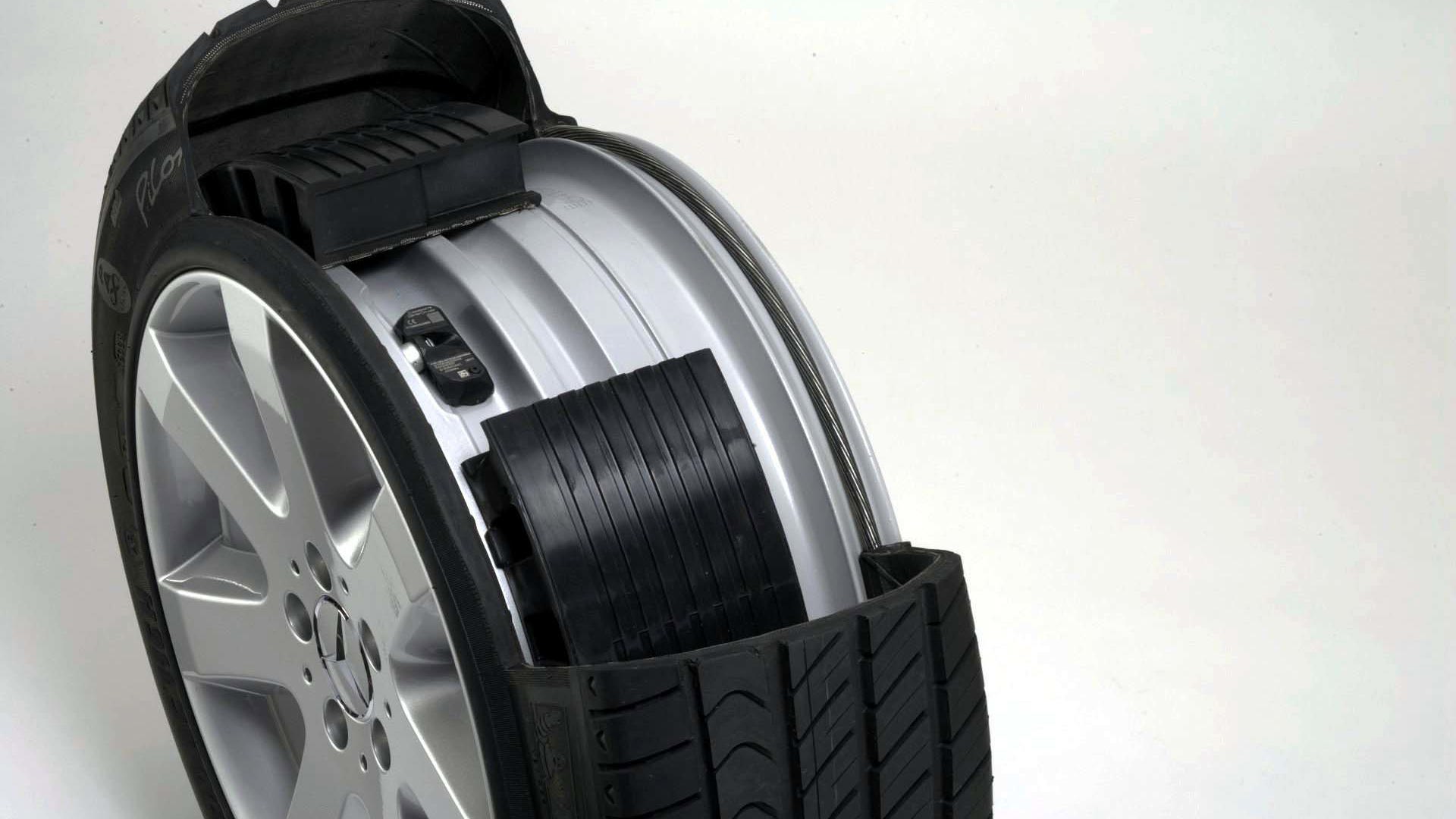
Apparently, nobody told this vital information to the driver featured in this month’s Lesson Learned story. This BMW driver suffered a blown run-flat tire on the highway and just carried on with their day like nothing was wrong.
A Reddit user posted these photos to demonstrate the carnage, noting that the customer continued to operate the vehicle at high speed, even after the loss of pressure. The reason? The customer figured that the “run flat” designation meant they could just keep on driving.
The blown tire may have stood up to the high-speed driving for a moment or two, but before long, it wore out so much that it un-peeled itself from the wheel rim, which meant the customer was driving on a bare alloy rim at highway speeds for far too long.
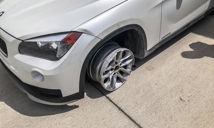
Driving on a bare rim is a highly hazardous situation at any speed. By this point, the driver would have been ignoring some very loud noises and alarming feedback from the vehicle and everyone around them probably noticed it too.
We’re not sure how, but the vehicle was driven in this state for some time without causing a major collision. Later, it wound up at the Reddit user’s shop with three out of four tires, while the missing and mangled run-flat lay somewhere on the highway.
There are two paths you might take when you suffer a flat with a run-flat tire, and this customer took the wrong one.
The correct path is to pull over to check out the tires after seeing the tire pressure warning light on the dashboard. If you discover a flat or a puncture, you’d then double-check the rules relating to your run-flat tires by reading the owner’s manual, and then head to the nearest dealership or tire shop for assessment or repair. The most you’ll suffer from taking this path is a mild headache and a bill totalling a few hundred bucks for a new tire.
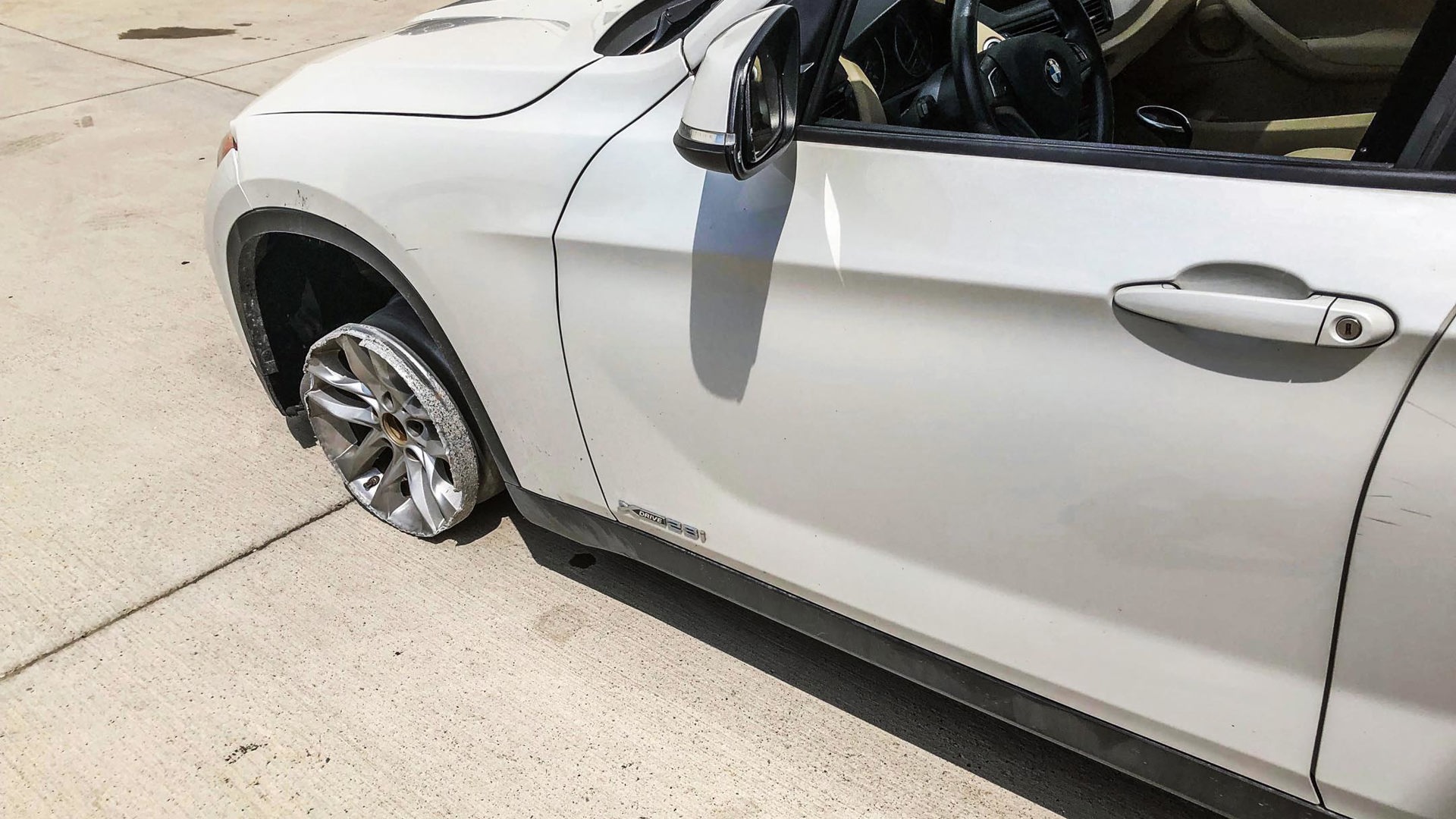
Sadly, the customer in this story got the alternate ending.
In addition to a destroyed tire and wheel, the vehicle suffered extensive suspension damage that would have cost thousands of dollars to repair. Driving with three tires also puts incredible strain on the vehicle’s differential, axles, and all-wheel drive (AWD) system, each of which likely needed significant repair or outright replacement.
After a thorough assessment of the damage, the shop said the BMW was ultimately totalled.
What’s the Lesson Learned? Always check your owner’s manual for the full scoop and understand the limitations of your equipment. Also, don’t ignore the warning signs. Dashboard lights and loud and unusual noises accompanied by a sudden change to how your vehicle drives are sure signs you need to pull over and take corrective action immediately. Ignoring important sounds and warning messages doesn’t make problems go away, but it might just total your car or leave you with an enormous repair bill that could have been easily avoided.
